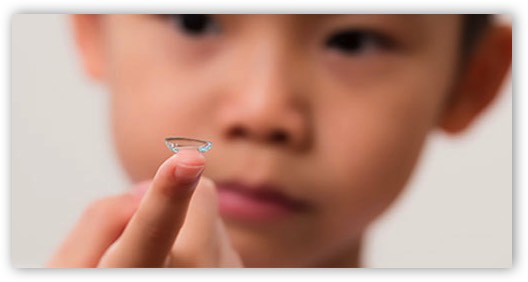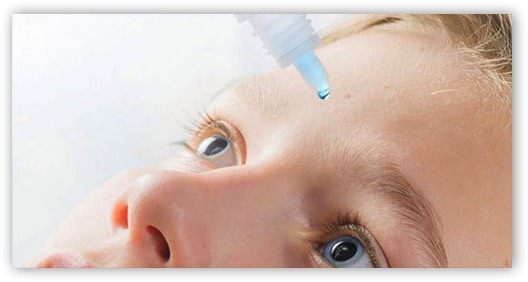COOPERVISION MISIGHT
MYOPIA CONTROL
TREATMENT FOR NEARSIGHTEDNESS
Brilliant FuturesTM Myopia Management Program
We are very excited to offer the Brilliant FuturesTM Myopia Management Program to our patients and we hope that you will join us in our efforts to combat pediatric myopia for a brighter tomorrow. If you would like any further information on managing myopia in children, please don’t hesitate to get in touch with us and schedule your FREE consultation!
How MiSight® 1 day contact lenses work
The ActivControlTM Technology in MiSight® 1 day uses vision correction zones and treatment zones within the lenses to slow the axial elongation of the eyeball
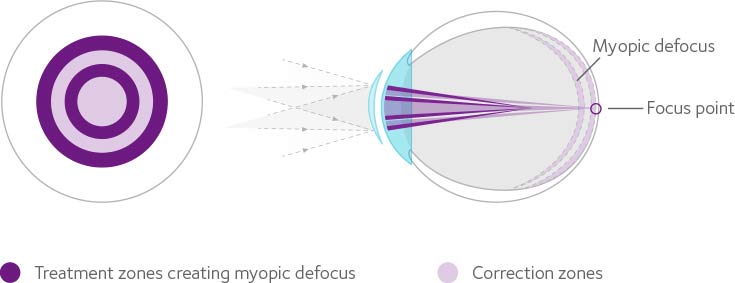
By including both types of zones in the lens, it simultaneously corrects the child’s vision, while creating myopic defocus in all gazes. MiSight® 1 day contact lenses have been shown in a multi-year clinical trial to reduce the average rate of progression of myopia by 59%, which means that the relative risk of a myopia-associated pathology can be significantly reduced. This convenient, daily disposable contact lens is well-accepted by children and does not affect their daily activities. It is designed to be worn for ten or more hours per day, six or more days per week to get the maximum treatment effect.
MiSight® 1 day contact lenses are patient and parent approved
Incorporating this technology into a 1-day disposable lens was based on the safety profile of lenses that are discarded after one day of use, as well as children’s ease of use and parental peace of mind. For children and parents, a multi-center study found:
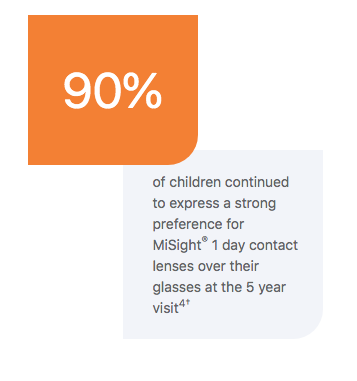
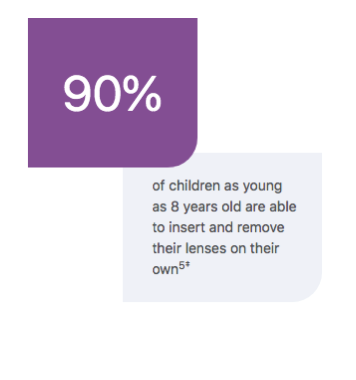
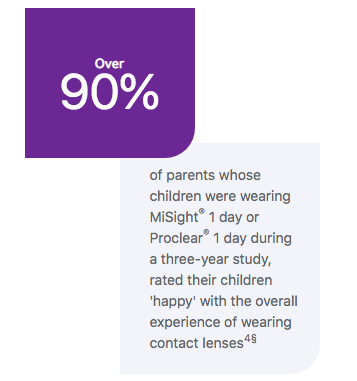
The Brilliant FuturesTM Myopia Management Program supports you the parent your and child every step of the way.
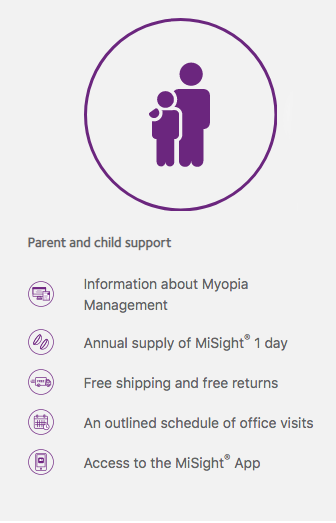
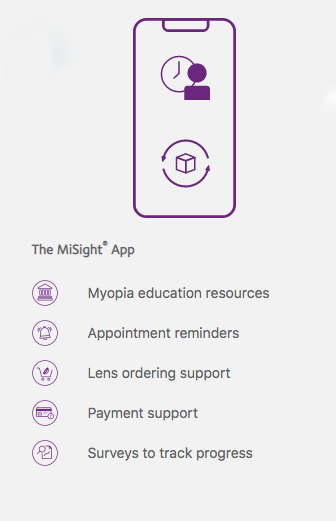
The cornerstone of this comprehensive approach to myopia management in pediatric patients is the MiSight® 1 day contact lens – the first and only contact lens approved by the FDA to slow myopia progression in children, aged 8-12 at the initiation of treatment.
What's causing the rising prevalence of myopia?
The upward incidence of myopia in today’s children can be attributed to different factors, and is occasionally the result of a combination of these factors:
Genetics
Family eyesight history plays a role in a child’s risk of myopia. The likelihood of children developing myopia is:
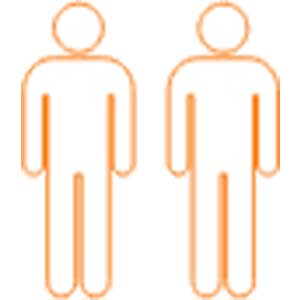
1 in 2
when both parents are myopic
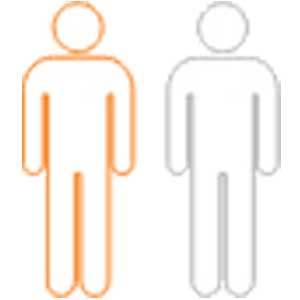
1 in 3
when one parent is myopic
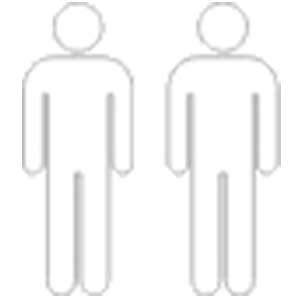
1 in 3
when one parent is myopic

Insufficient time spent outdoors

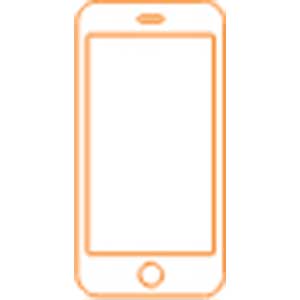
Environment
Research shows that a child’s environment and habits may influence the development of myopia.




